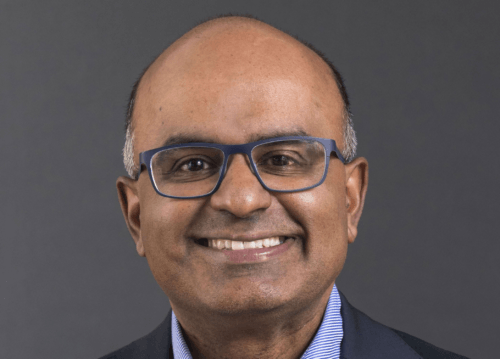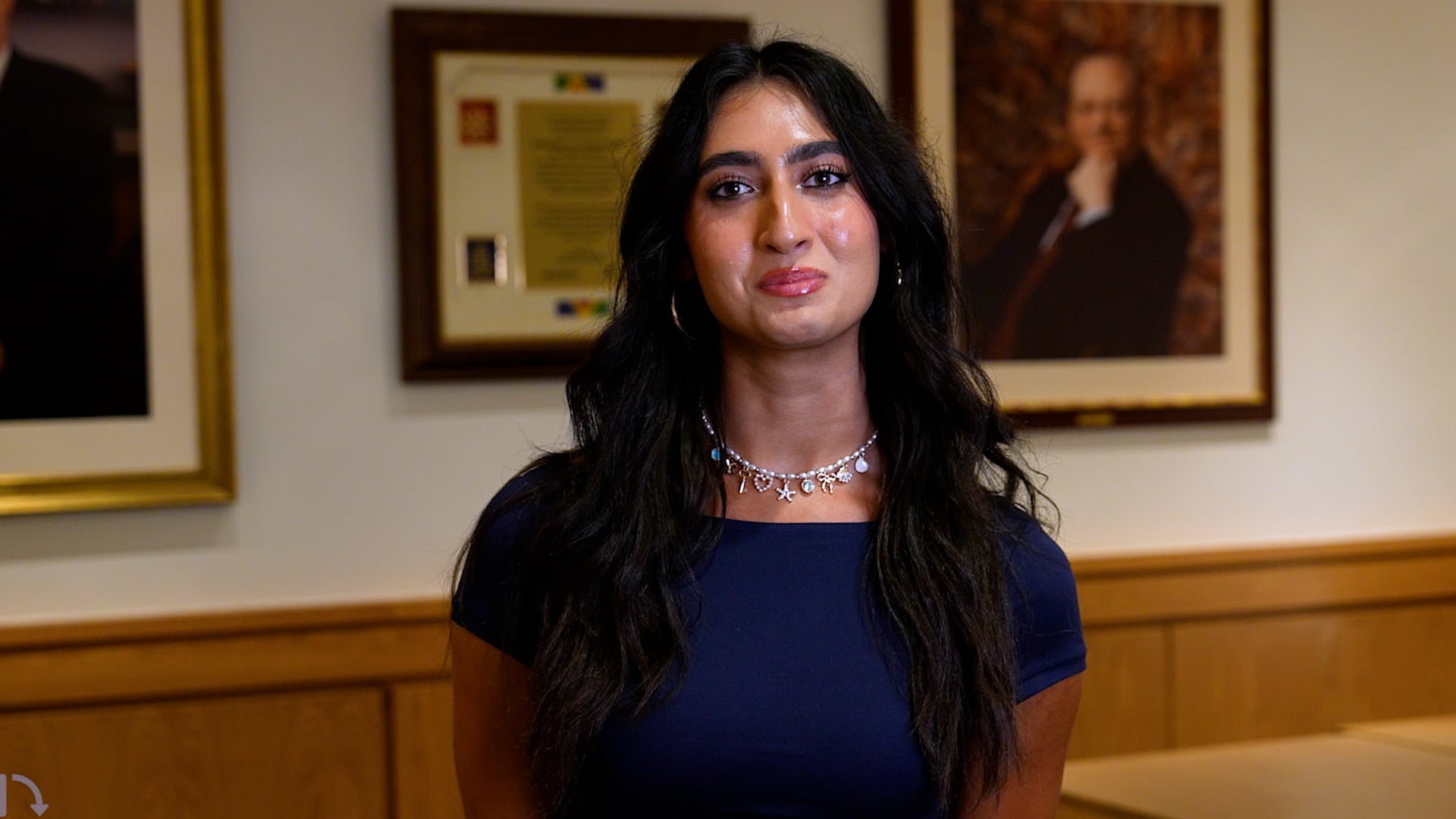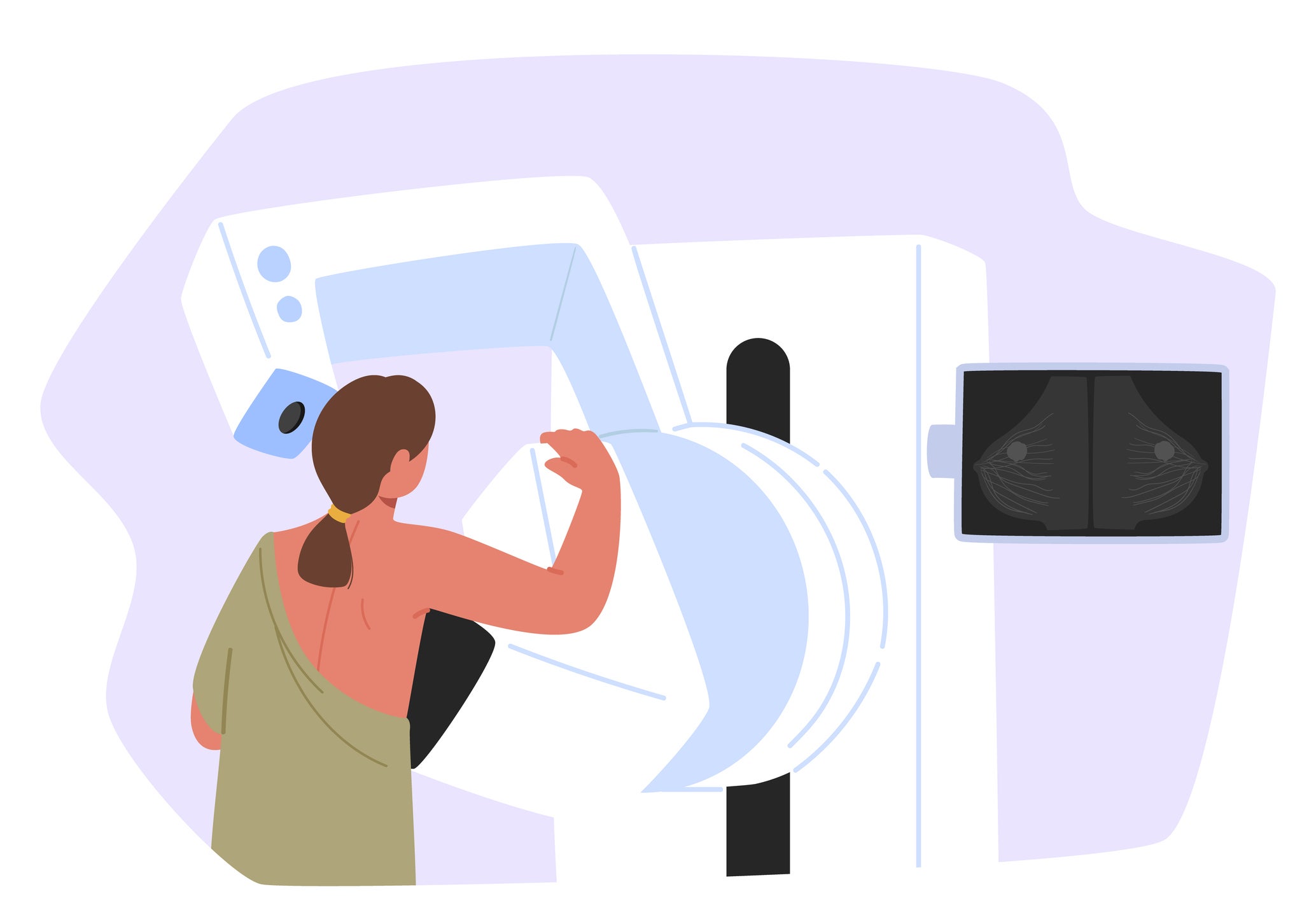Using gene editing to fight deadly genetic diseases

Experts share the latest advances at annual PQG conference
November 30, 2022 – Cutting-edge gene editing techniques hold enormous promise for tackling devastating diseases such as sickle cell disease, Huntington’s disease, and heart disease, according to experts.
At the 16th annual Program in Quantitative Genomics (PQG) conference, a two-day event held in early November and hosted by Harvard T.H. Chan School of Public Health, a dozen speakers spoke about recent and upcoming research on therapeutics and technologies targeting specific genetic mutations that cause disease. About 180 participants from around the world attended the virtual conference.

“The mutations in our genomes cause about 7,000 known genetic diseases that collectively affect hundreds of millions of people and their families,” said David Liu, Richard Merkin Professor and Director of the Merkin Institute of Transformative Technologies in Healthcare, Broad Institute of MIT and Harvard and Thomas Dudley Cabot Professor of the Natural Sciences at Harvard, one of three keynote speakers at the conference. “So a longstanding goal of the life sciences has been to develop the ability to … correct as many of these mutations as possible, so that we can study or treat the broadest possible range of the resulting diseases.”
Other keynote speakers included Sekar Kathiresan, chief executive officer and founder of Verve Therapeutics; and Beverly Davidson, professor of pathology and laboratory medicine, Perelman School of Medicine, University of Pennsylvania/Children’s Hospital of Philadelphia.

Kathiresan spoke about interventions that can help patients with a high genetic risk of heart attack. He noted that people with low levels of LDL cholesterol—so-called “bad cholesterol”—rarely get heart attacks. He described Verve Therapeutics’ development of a one-time intravenous drug that, in animal models, has been successful in turning off a gene in the liver called PCSK9, which ultimately leads to lower LDL. The treatment is currently undergoing human trials.
“Ultimately, this medicine could truly be a preventive medicine, basically treating patients … to make sure they don’t get their first heart attack,” Kathiresan said.

Davidson discussed how gene editing can fight Huntington’s disease. She described research into the use of a non-pathogenic virus called AAV (adeno-associated virus) to deliver gene therapy to quell the effects of the mutation that causes Huntington’s.
Liu described two types of gene editing that can make precise changes in genes: base editing, which can change a single DNA letter; and prime editing, which can safely delete or repair long lengths of disease-causing DNA or insert DNA to repair dangerous mutations. “The vast majority of known genetic diseases require precise target gene correction as opposed to gene disruption or deletion,” he explained. He and colleagues used base editing, for example, to alter the mutant gene that causes progeria—the rapid aging disease—significantly reducing the disease’s effects in animal models.
New gene editing technologies, he noted “give us hope that one day we may no longer be so beholden to the misspellings in our DNA.”
Other speakers at the conference covered topics such as gene editing for blood disorders and using genomics to discover new cancer drugs. The conference also featured a virtual poster session space that enabled participants to create avatars that could “walk” from poster to poster in a virtual room and interact with poster presenters and others.
Luca Pinello, associate professor at Massachusetts General Hospital and Harvard Medical School, chaired the seven-member organizing committee for the conference and introduced the event; Xihong Lin, professor of biostatistics at Harvard Chan School, also served on the organizing committee.


